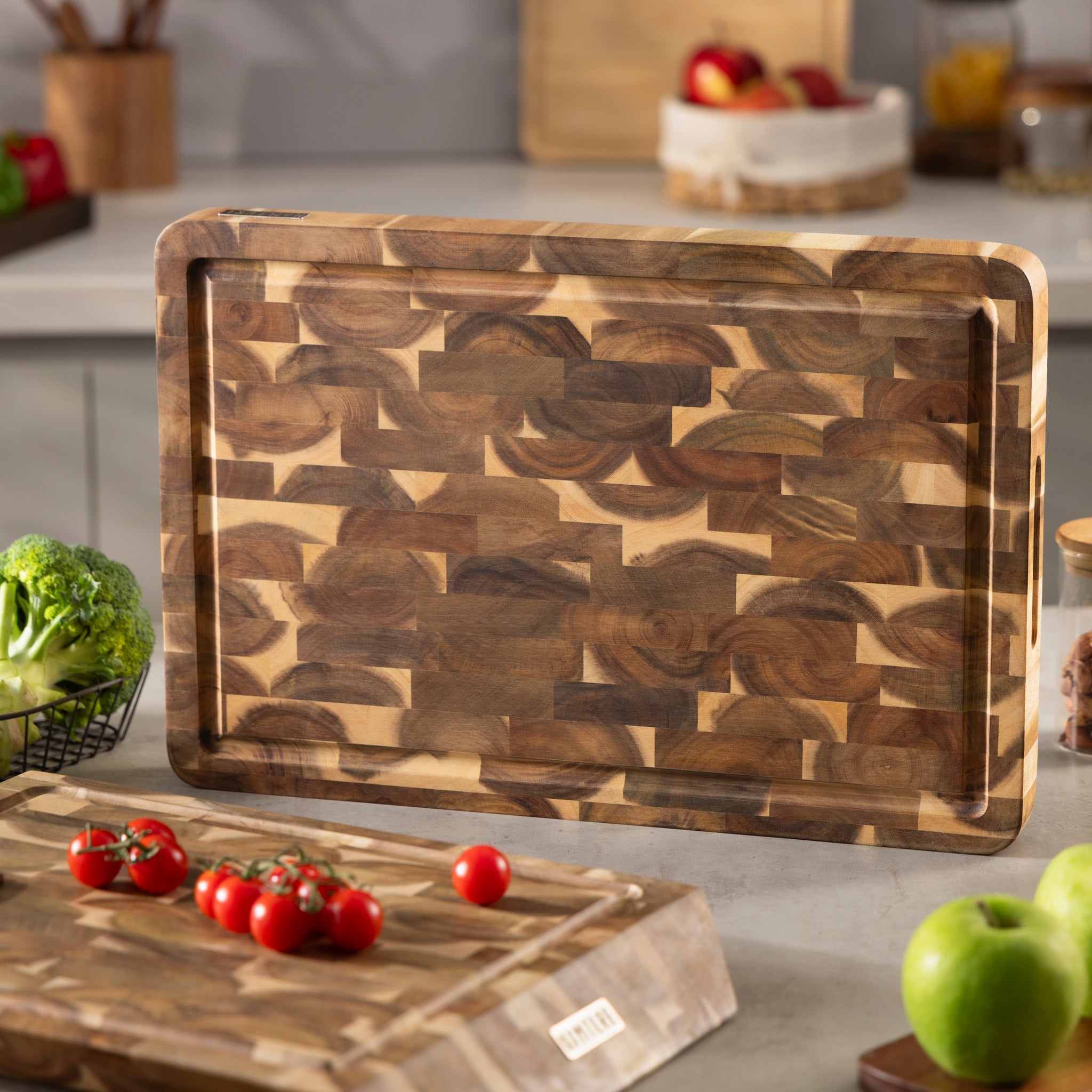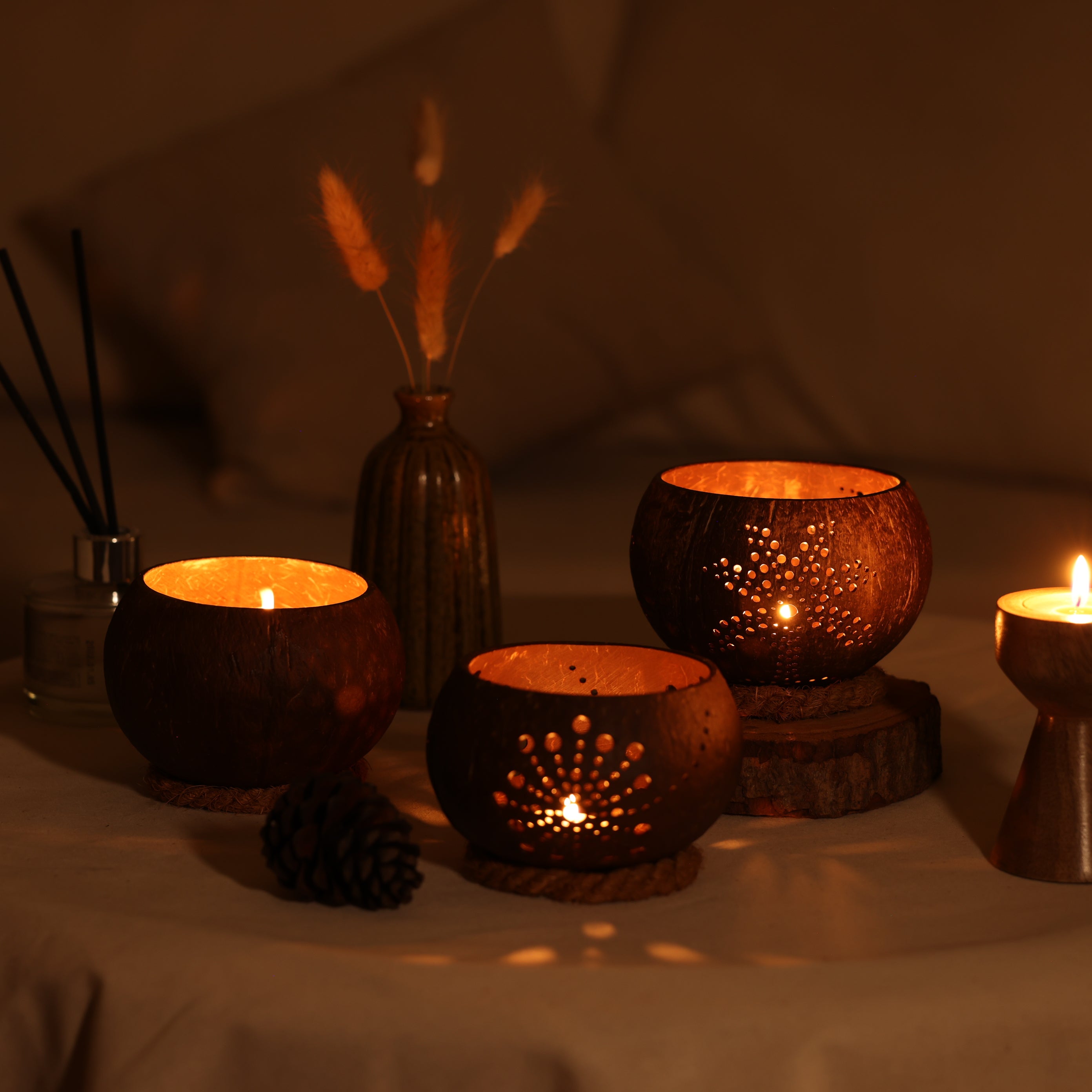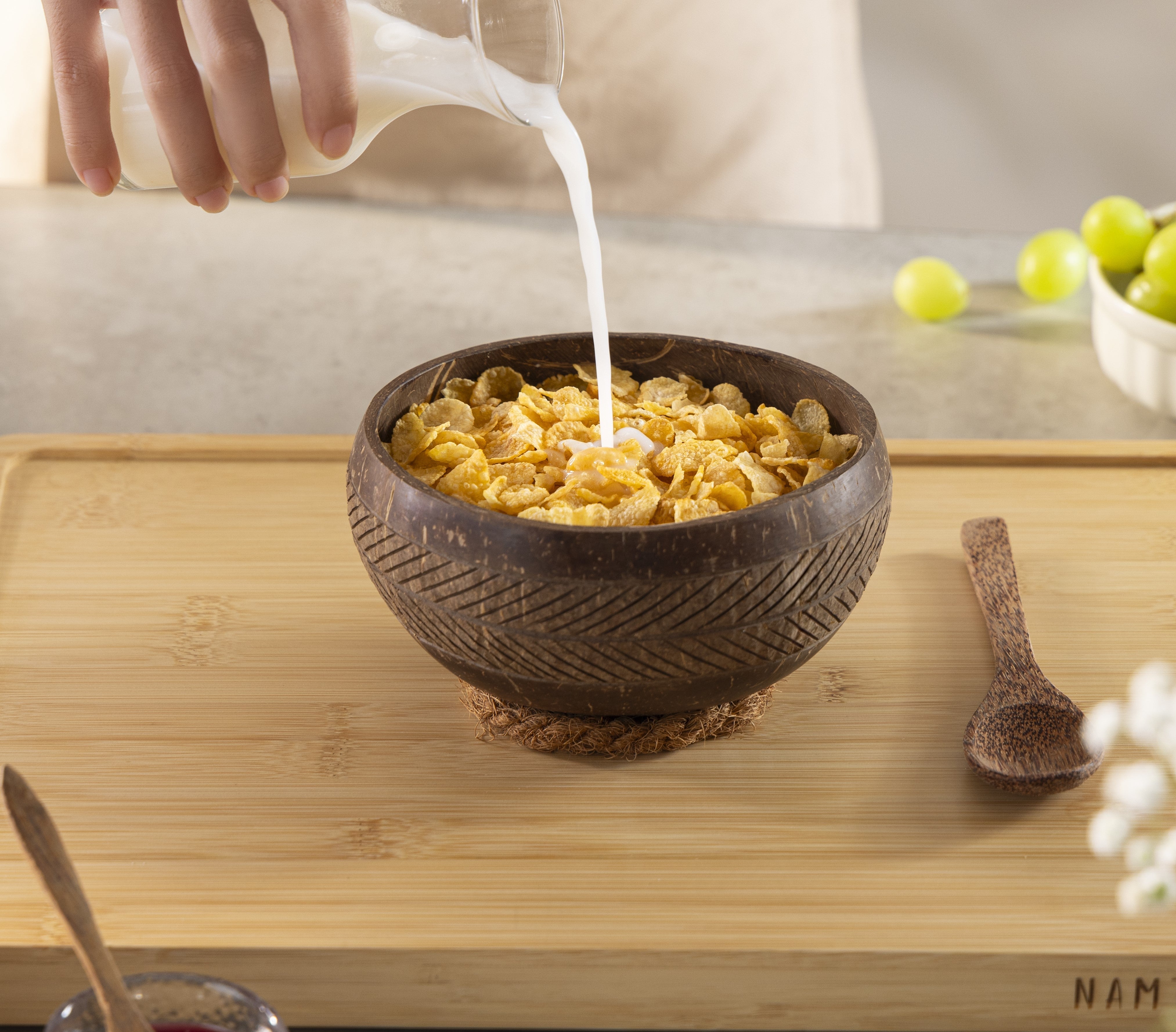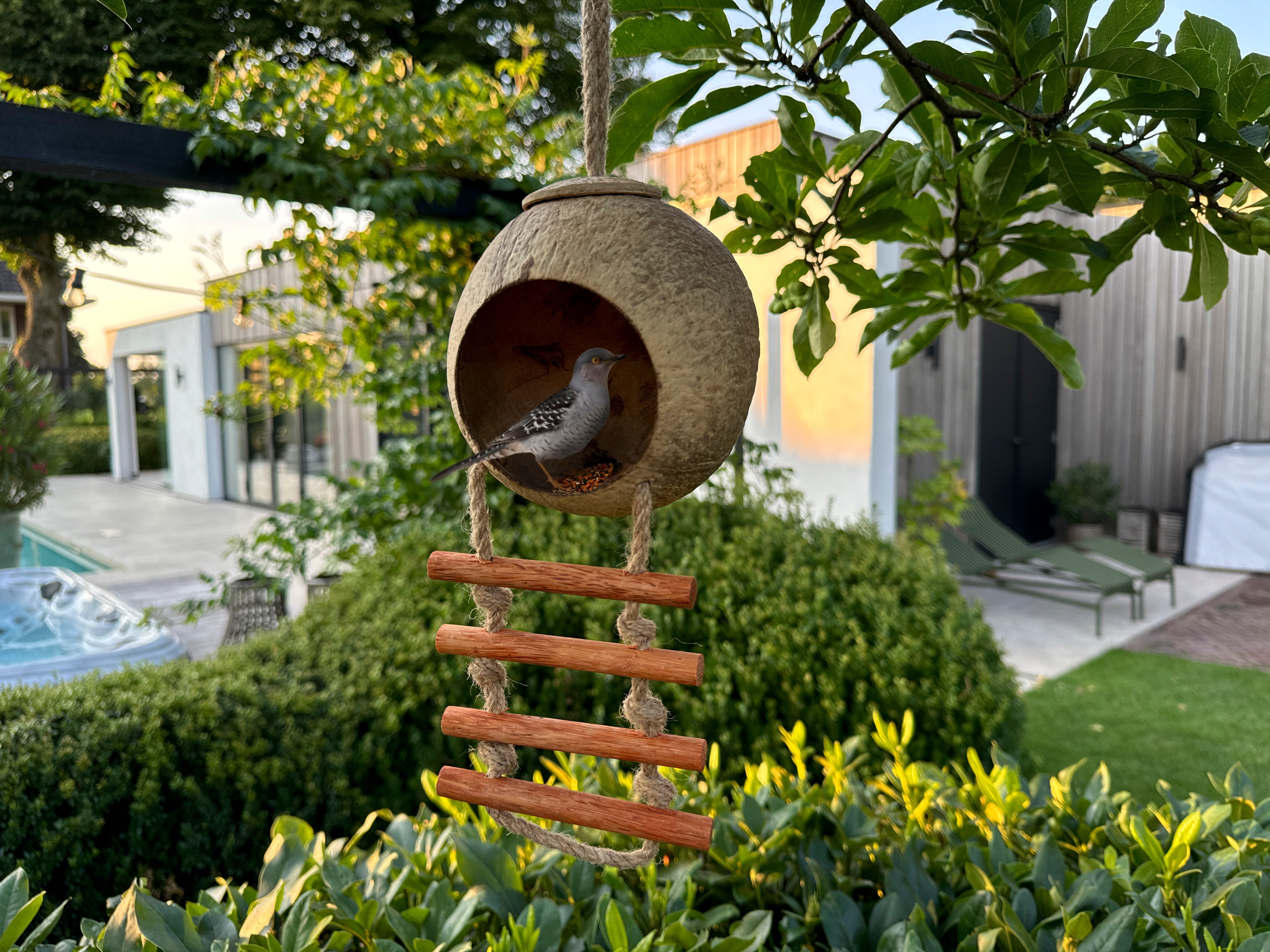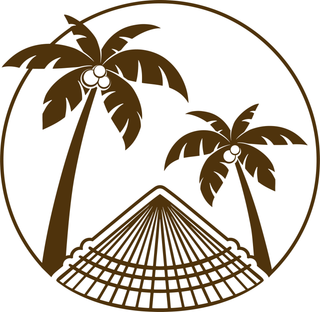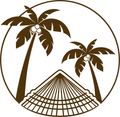Namture. Wat je kan doen met kokosnootschalen
Bergschenhoek/Vietnam/Ermelo – Enkele weken geleden stond op de streekmarkt in Berkel en Rodenrijs een kraam met mooie duurzame artikelen, gemaakt van kokosnootschalen. De nieuwsgierigheid is gewekt hoe en waar deze producten gemaakt worden.
Mandy de Heer uit Bergschenhoek is getrouwd met Marinus Pul uit Ermelo en diens broer Jan woont sinds een paar jaar in Ho Chi Minh stad in Vietnam. “Vier jaar geleden ging ik voor mijn studie – finance & control – naar Vietnam”, vertelt Jan. “Dat beviel heel goed en daar ontmoette ik ook mijn vriendin. Ik ben rond gaan reizen en kwam zo ook terecht in Ben Tre, dat bekend staat als het grootste kokosnootgebied van Vietnam – en ter wereld. Ik zag dat kokosnootschalen verbrand of langs de kant van de weg gegooid werden nadat de ‘inhoud’ gebruikt was. Ik had al plannen om samen met Marinus iets te gaan doen met locals in Vietnam omdat ik wist dat ik sowieso terug wilde. Toen ik die schalen langs de weg zag liggen dacht ik: die kunnen voor heel andere producten gebruikt worden, bijvoorbeeld gepolijst en ingeolied als schaaltjes of kaarsen, gevuld met kokosnootwax. Ik ben op zoek gegaan naar een lokale kokosnootfarm en in contact gekomen met lokale boeren die de producten zouden gaan maken. Ze bleken al wel te bestaan, maar in heel kleine oplagen en nauwelijks in Nederland. Op een gegeven ging ik terug naar Nederland en toen corona kwam kon ik niet meer terug. Daarom zijn we al met al vorig jaar gestart met de productie en verkoop. We verkopen onze producten bijvoorbeeld op de streekmarkt en via onze website. We focussen nu vooral op relatiegeschenken bij bedrijven.”
Innovatie en duurzaamheid
Jan gaat regelmatig bij de fabrieken kijken om ervoor te zorgen dat alles goed loopt en om nieuwe producten te bedenken. “Ook de medewerkers denken mee over innovatie en duurzaamheid. De lokale bevolking plukt de kokosnoten; er zijn verschillende soorten. Het vruchtvlees en het sap worden eruit gehaald, daarna worden de haren van de schalen geschuurd. Dan houd je een halve bol over die wordt gepolijst of bewerkt. Op deze manier hergebruiken we dus iets wat feitelijk een afvalproduct is. Het verbranden van de schalen is slecht voor het milieu en op deze manier kunnen we ook de lokale bevolking aan het werk zetten. Het is een mooie manier om ‘afval’ te verwerken. De boeren hebben extra inkomsten doordat de schalen gebruikt worden, er wordt extra werkgelegenheid gecreëerd, je voorkomt verbranding, wat slecht is voor het milieu, en het is een duurzaam alternatief voor plastic. Het mes snijdt eigenlijk aan meerdere kanten want een deel van de winst vloeit terug naar de bevolking. We doneren namelijk een gedeelte van de winst om de lokale bevolking te helpen. Dat doen we heel lokaal, zo is er bijvoorbeeld een weeshuis waaraan we een donatie gedaan hebben. Ook kopen we lokaal spullen voor het weeshuis.
Weeskinderen
Marinus en Mandy zijn een tijdje geleden hier geweest om te kijken hoe het allemaal gaat. Als je bepaalde dingen ziet hier wil je graag helpen. Zeker weeskinderen hebben weinig toekomst in Vietnam. Dat geeft ook de motivatie om door te gaan met ons bedrijf, zodat de lokale bevolking ervan kan profiteren. We verkopen onze producten alleen in Nederland. Het heeft veel tijd nodig, maar we krijgen goede reacties van bedrijven. De interesse is er wel duidelijk, maar de opstart heeft tijd nodig. We denken ook na over nieuwe producten. Bomen hebben ook niet het eeuwige leven, dus als die gekapt worden kunnen daar wellicht weer snijplanken van gemaakt worden in plaats van dat ze worden verbrand.
Het verhaal achter onze producten is heel belangrijk. Het is mooi om te weten dat je een snijplank hebt die is gemaakt van een palmboom die anders verbrand zou worden. De hele markt is ook op zoek naar duurzame producten met een verhaal erachter. Qredits verstrekt microkredieten aan startende ondernemers. Er wordt een nieuw pand geopend en tijdens de opening mogen wij daar met een kraampje met producten staan. Er zijn maar een paar bedrijven uitgenodigd, dus we denken dat ze er wel brood in zien en dat geeft vertrouwen. Maxima komt ook, dus wellicht staat er straks een schaaltje van ons in het koninklijk paleis, dat zou natuurlijk hartstikke leuk zijn. We zijn in ieder geval heel trots op wat we tot nu toe bereikt hebben.”
